Imagine someone in the 1800s gazing into a crystal ball, trying to predict a future filled with flying cars and robot maids. Spoiler alert: they weren’t quite on the mark. Yet, the audacity of their predictions offers fascinating insights into how society envisioned progress. Buckle up as we explore these captivating 1800s future predictions, where the only thing more entertaining than the predictions themselves is how spectacularly off they often were.
Table of Contents
ToggleOverview of 1800s Predictions

The 19th century, a period of immense change, sparked the imaginations of many thinkers who dared to envision the future. They pondered the implications of discoveries in science, the rapid pace of industrialization, and shifts in societal norms. Expectations were high, often driven by the excitement surrounding inventions such as the steam engine and telegraph. Whether through literature, public speeches, or scientific journals, these predictions framed a future that was both exhilarating and ominous. Analyzing these forecasts provides a lens into how people interpreted their world, and gives us insight into the hopes and fears that shaped their visions.
Technological Advancements
One of the most common themes in 1800s predictions was the idea of technological super advancements. Writers like Jules Verne envisioned remarkable inventions and futuristic gadgets. They speculated about airships, underwater exploration, and even space travel, concepts that astonished and delighted readers. For instance, Verne’s novel “From the Earth to the Moon” hinted at rocketry decades before it became a reality.
While some ideas were fanciful, others bore fruit. The era’s optimism about technology would eventually materialize in forms like electricity and communication devices. The telephone, patented by Alexander Graham Bell in 1876, is a perfect example of 19th-century predictions making a significant impact. As advancements unfolded, they often exceeded the expectations of even the most visionary thinkers.
Societal Changes and Expectations
The future imagined in the 1800s wasn’t just about machines: it involved dramatic shifts in societal structures as well. Many predicted that advancements in science and technology would bring about social equality and transformations in labor. The idea of women’s rights and suffrage began to gain traction during this period, leading some visionaries to predict a world where gender equality blossomed.
But, the reality was more complex. While some change certainly happened, progress took longer than anticipated. For instance, by the end of the century, women were becoming more active in societal roles, though many societal barriers still existed. Not every prediction came true, highlighting the often optimistic, yet unrealistic, nature of their forecasts.
Environmental Concerns and Predictions
Interestingly, environmental concerns began to creep into the public consciousness. The Industrial Revolution was a double-edged sword. It brought progress but also pollution and degradation. As cities expanded, predictions of environmental disasters started surfacing among the more perceptive thinkers.
For example, George Perkins Marsh, in his work “Man and Nature” published in 1864, discussed the impact of human activity on the environment. His ideas were revolutionary for the time but did not fully penetrate societal understanding. As it turns out, many of today’s environmental concerns echo predictions made over a century ago.
Cultural and Artistic Visions
Cultural predictions from the 1800s often revolved around art, literature, and philosophy. Thinkers and artists believed that changes in technology and society would influence cultural expression profoundly. They predicted a future where art would be more accessible to the masses due to technological advancements, such as photography.
Also, movements such as Romanticism suggested that emotional depth and spirituality would lead the way in creative expression. Yet, the interpretations of future artistic trends diverged widely. From dystopian futures to utopian landscapes, 1800s artists imagined worlds that reflected both hope and despair.
Accuracy of Predictions
As with any predictions, some ideas from the 1800s turned out to be spot-on, while others fell woefully short. For instance, the dream of mechanized transport became a reality with automobiles and airplanes, aligning closely with early visions. On the flip side, the expectation of achieving world peace through technology has yet to be fulfilled.
Analyzing these predictions reveals a pattern: a mix of aspiration and naivety. It’s a reminder that while some trends can be reasonably predicted, the intricacies of human behavior and societal needs can throw a wrench in even the most well-thought-out forecasts.
Legacy of 1800s Predictions
The legacies of 1800s predictions transcend mere curiosity. They laid the groundwork for modern futurism and continue to inspire contemporary thinkers and innovators. The bold ideas of that era can be seen reflected in today’s tech startups and scientific explorations.
Also, these predictions prompted dialogues about ethics and responsibilities concerning technological advancement and societal changes. They urged society to consider what kind of future it wanted to create. So, the reflections of that time still resonate in today’s discussions about progress versus preservation.





